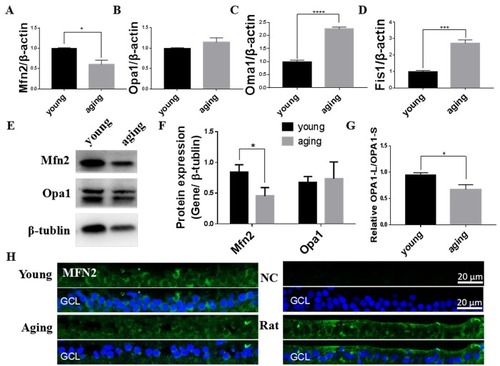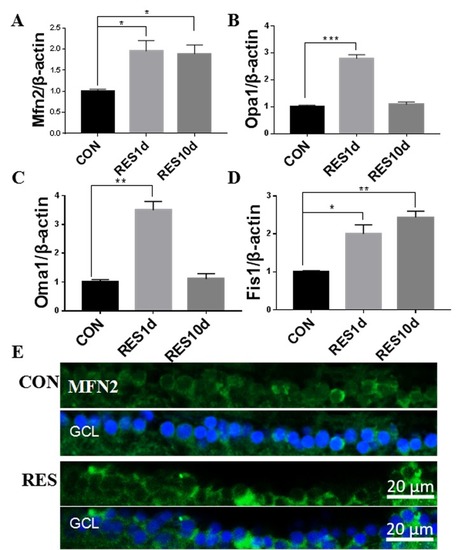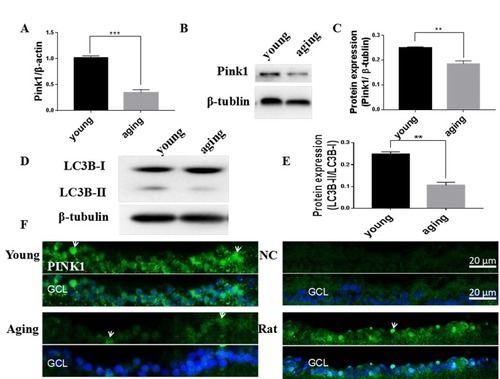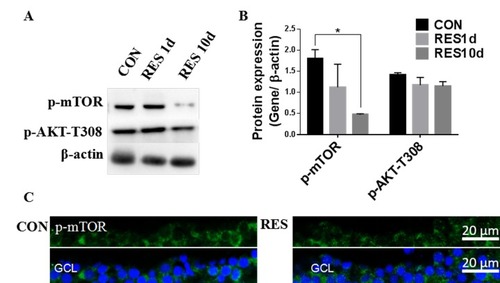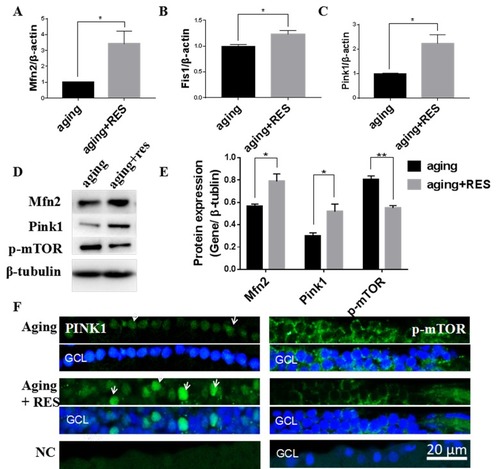- Title
-
Exploration of age-related mitochondrial dysfunction and the anti-aging effects of resveratrol in zebrafish retina
- Authors
- Wang, N., Luo, Z., Jin, M., Sheng, W., Wang, H.T., Long, X., Wu, Y., Hu, P., Xu, H., Zhang, X.
- Source
- Full text @ Aging (Albany NY)

ZFIN is incorporating published figure images and captions as part of an ongoing project. Figures from some publications have not yet been curated, or are not available for display because of copyright restrictions. |
|
|
|
|
|
|
|
|
|
|
|
|
|
|

